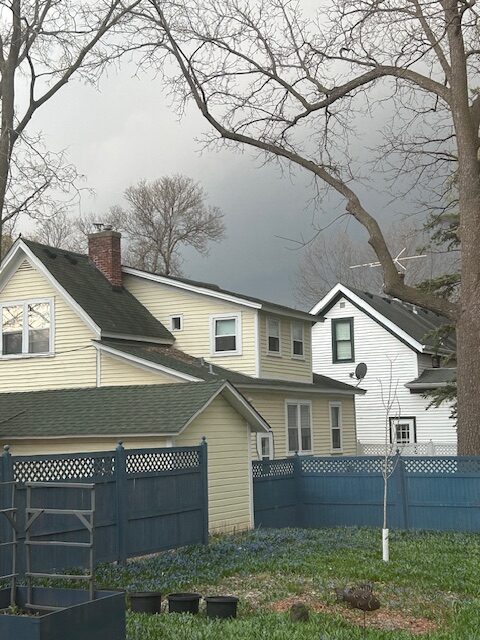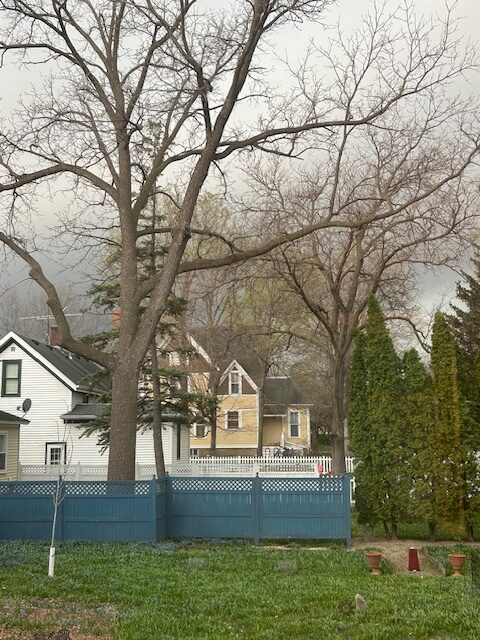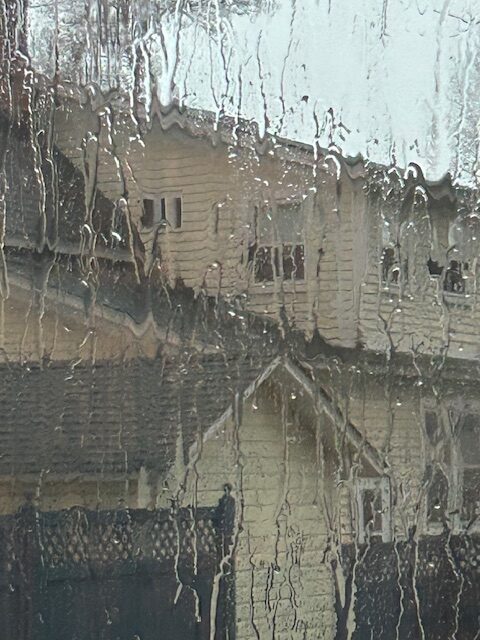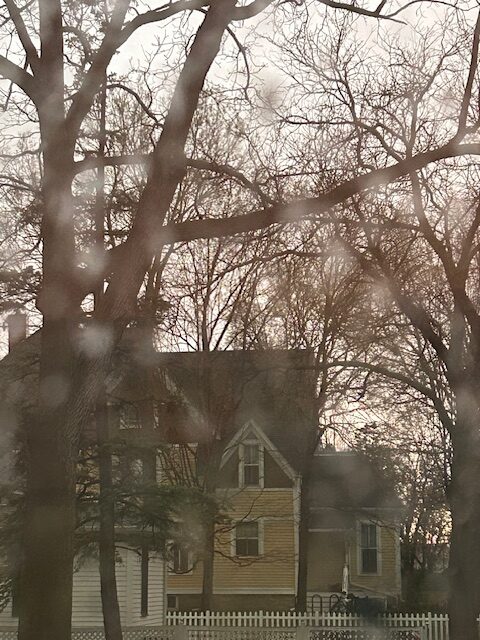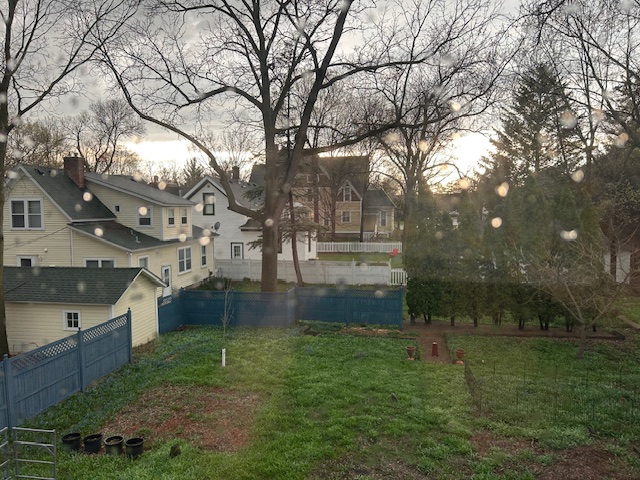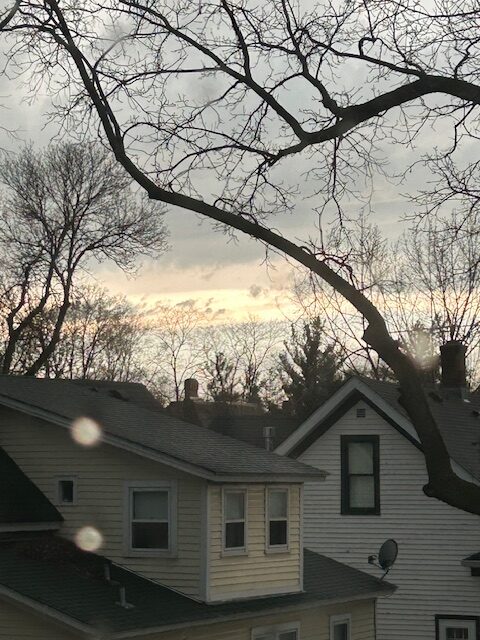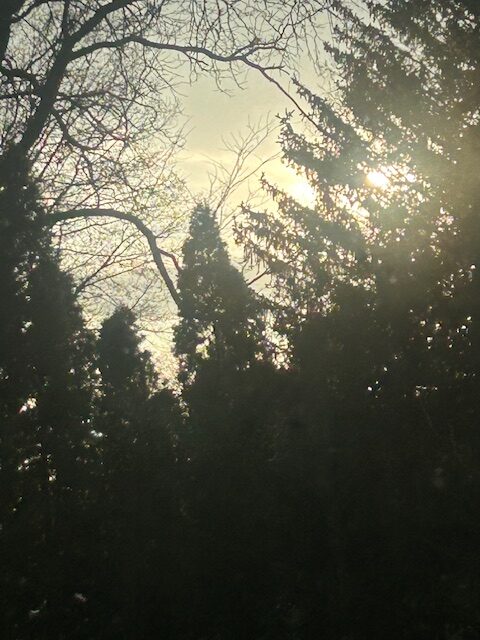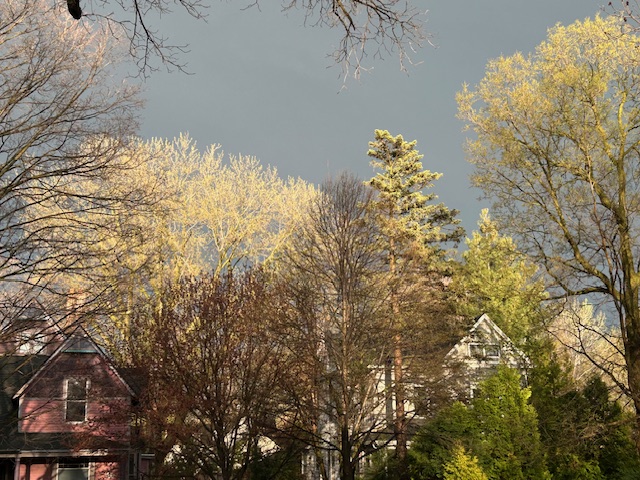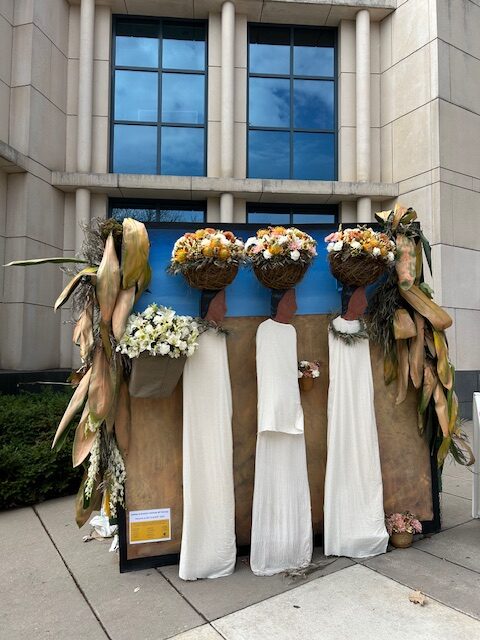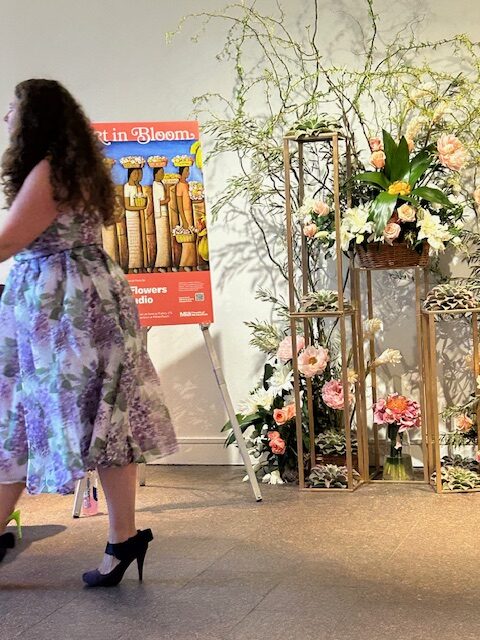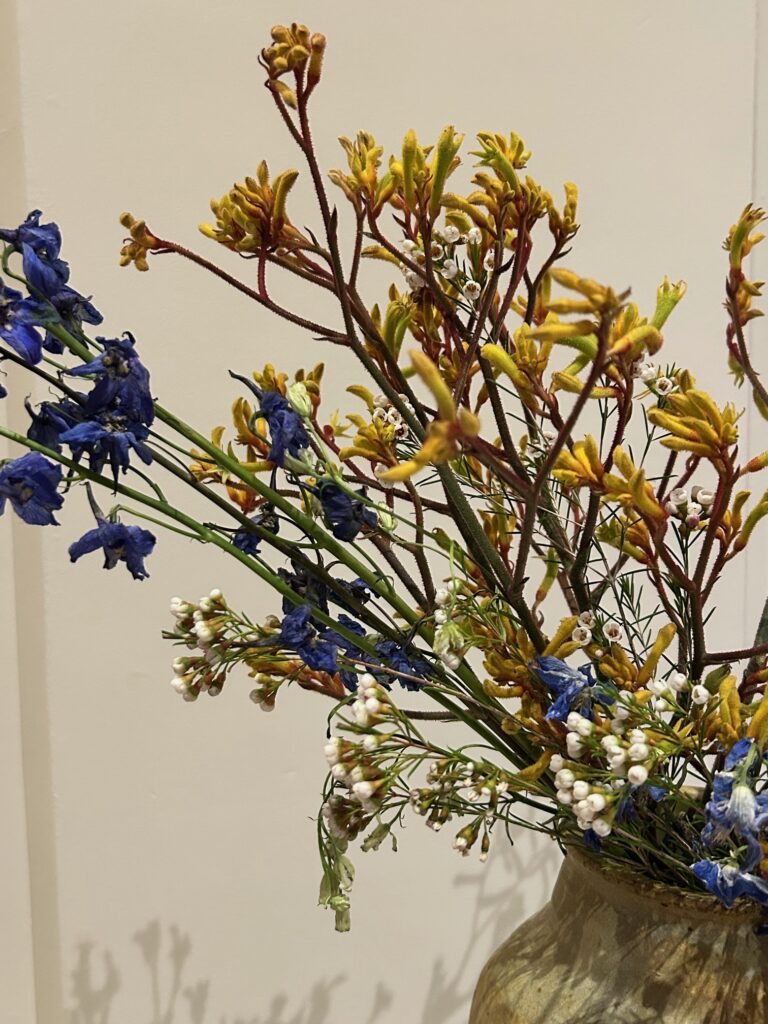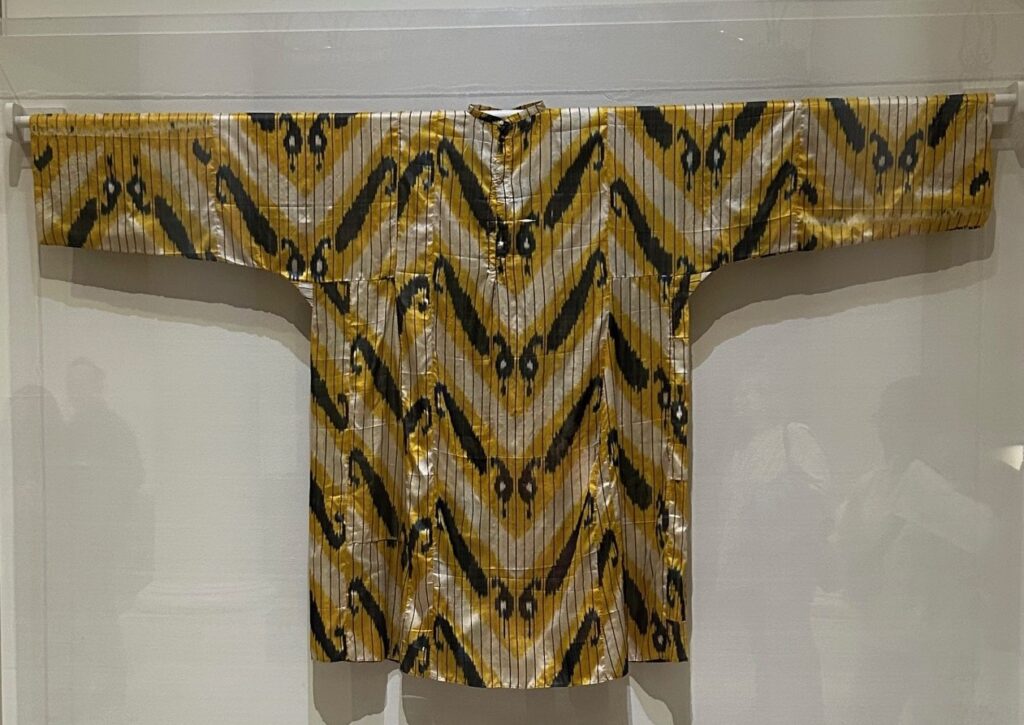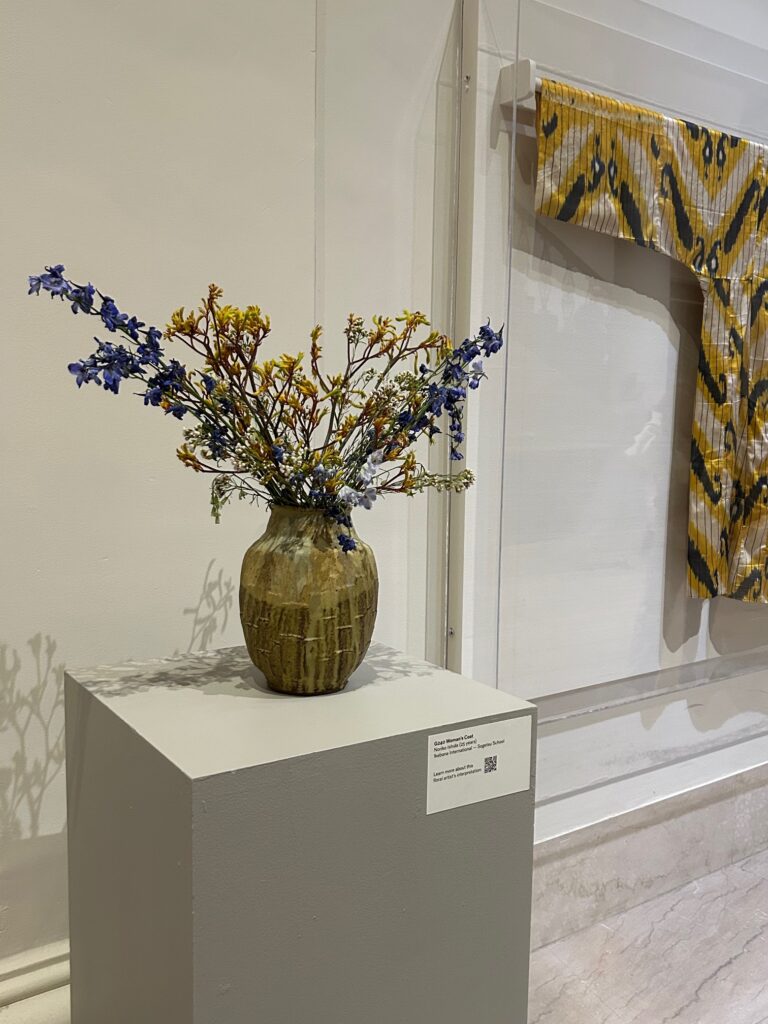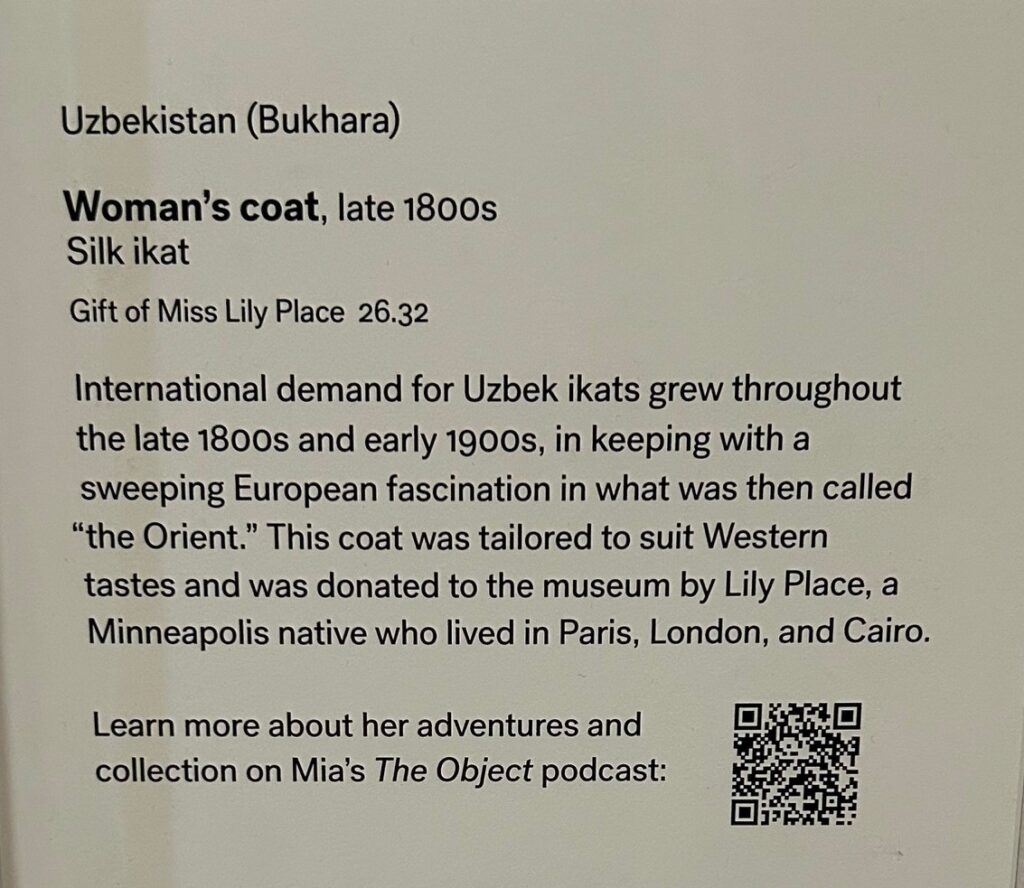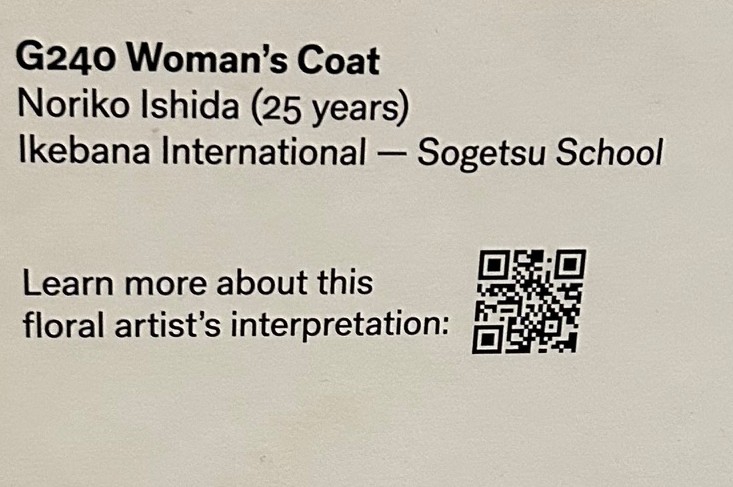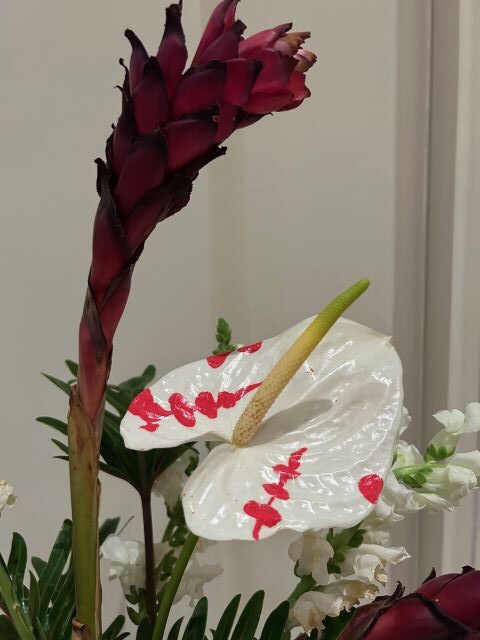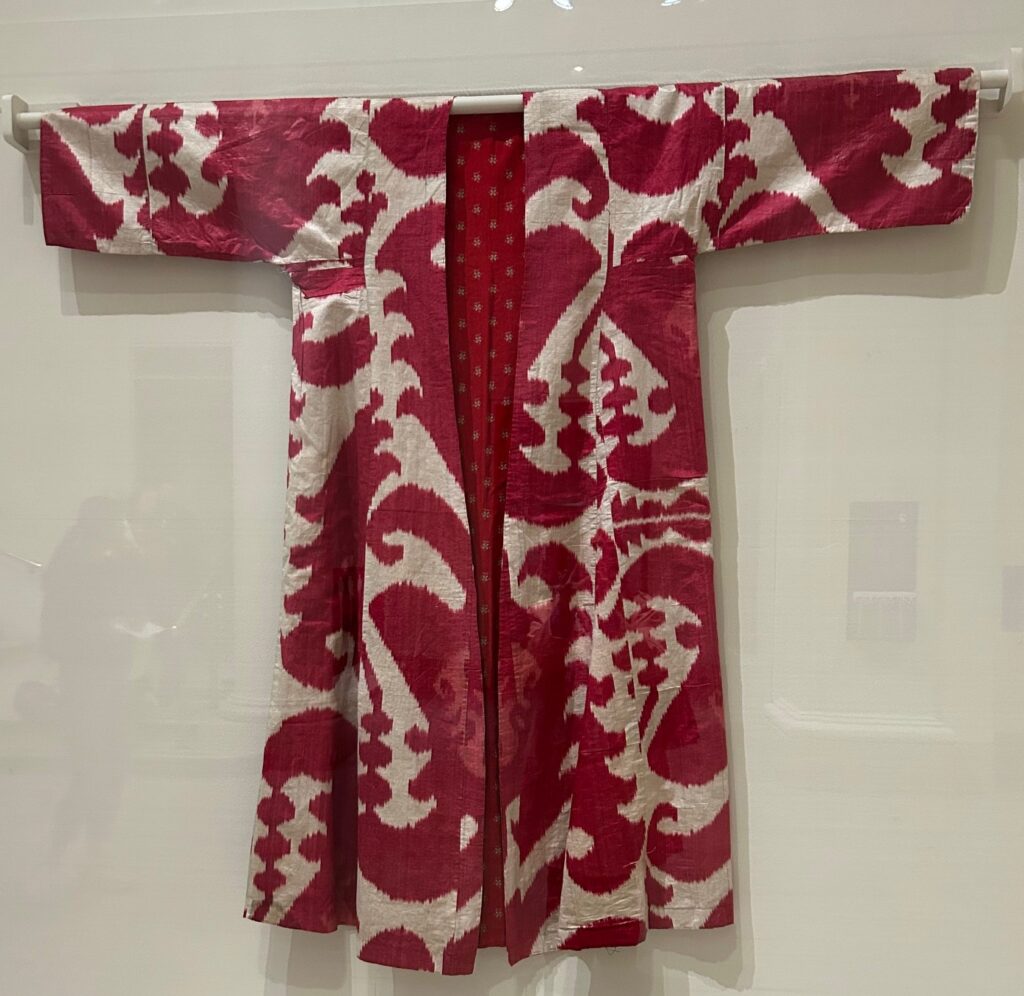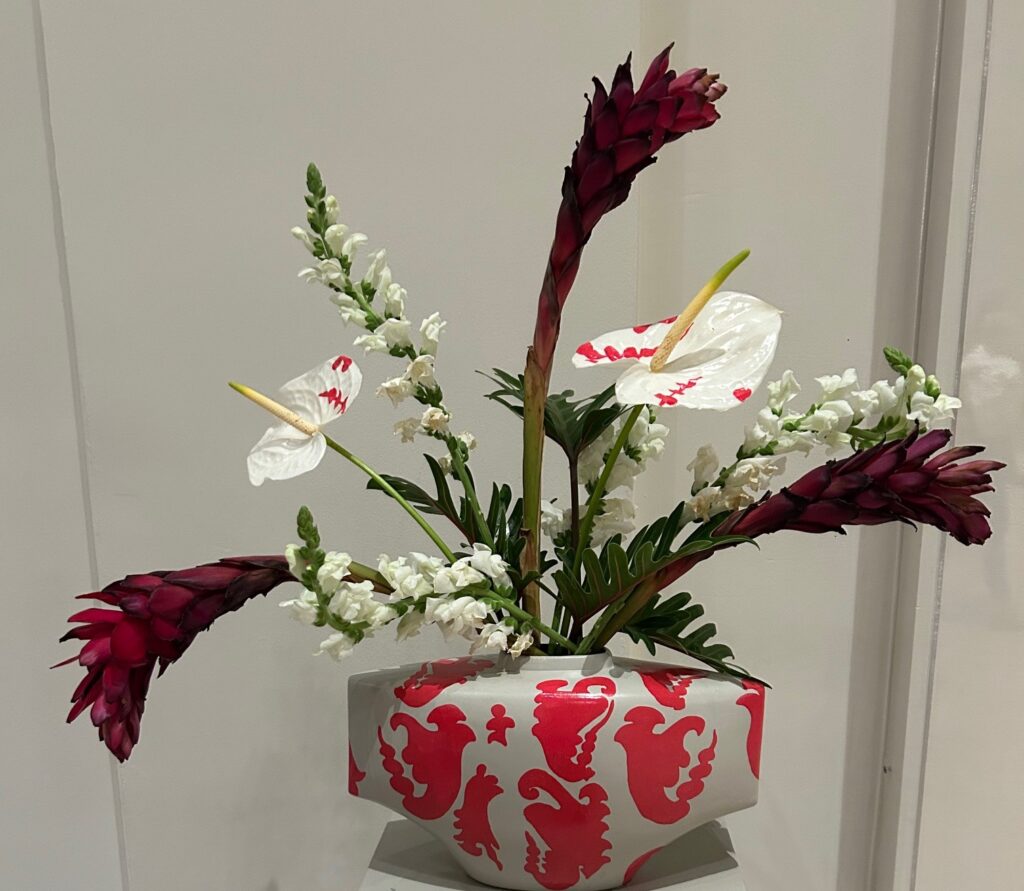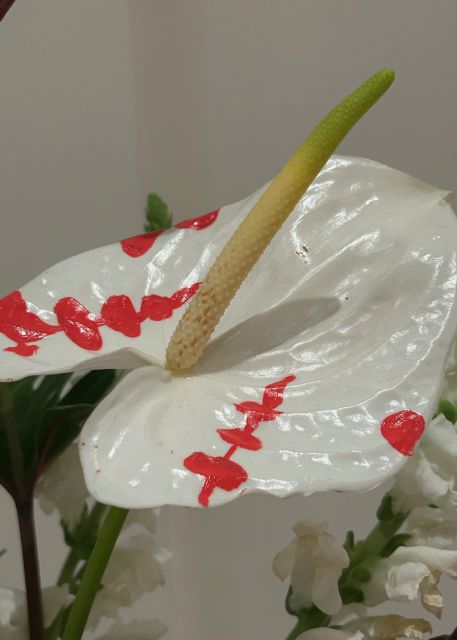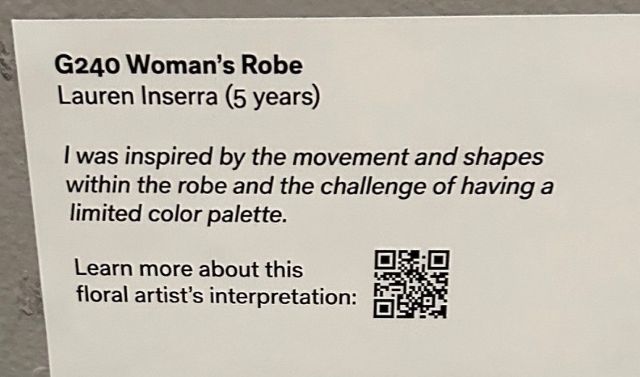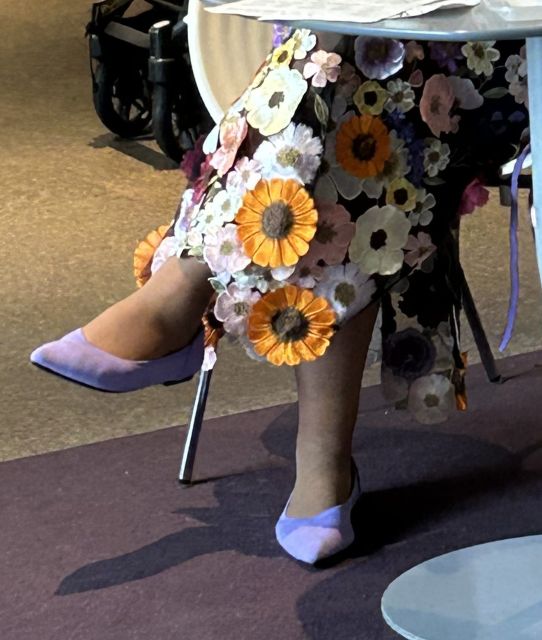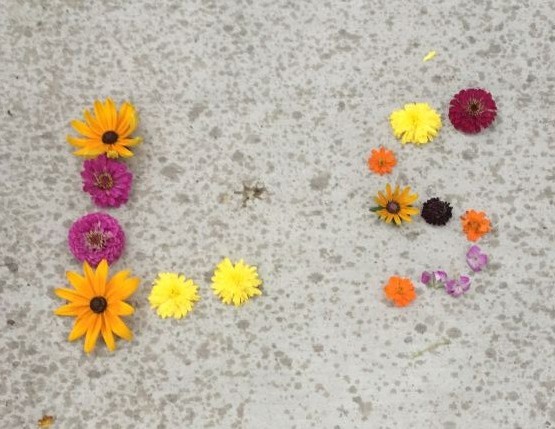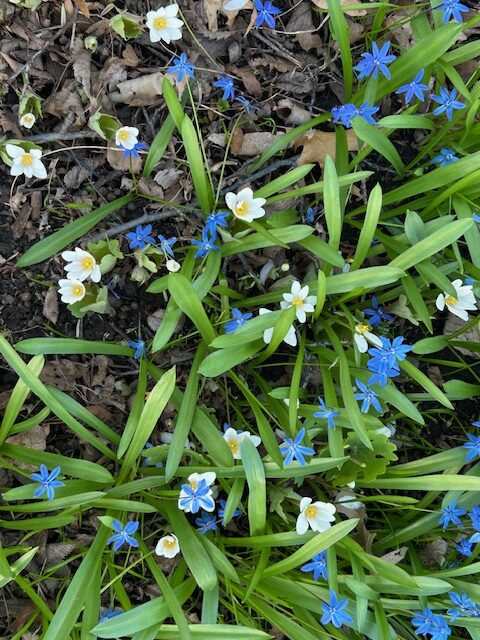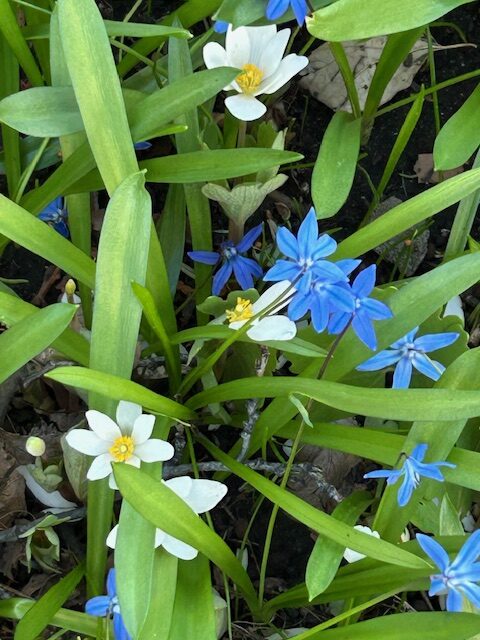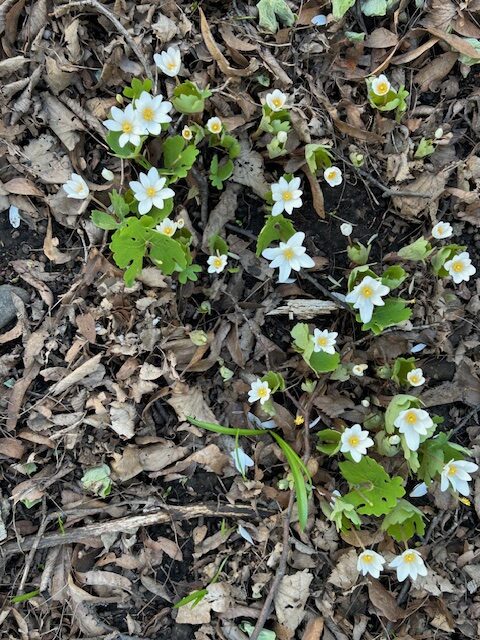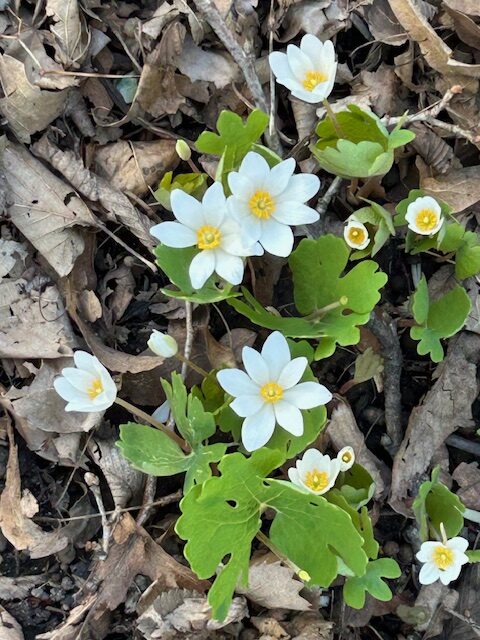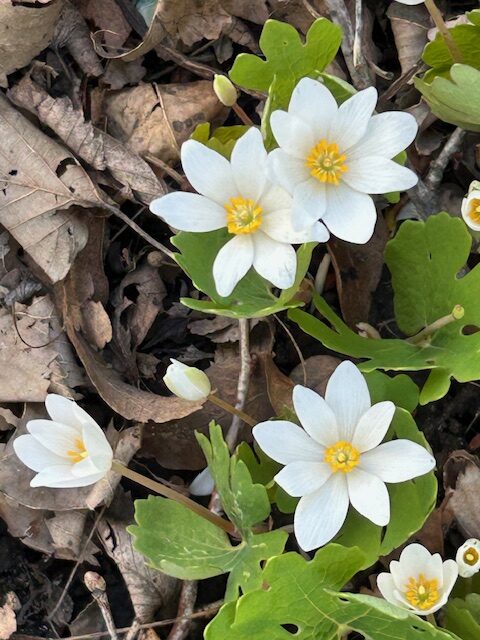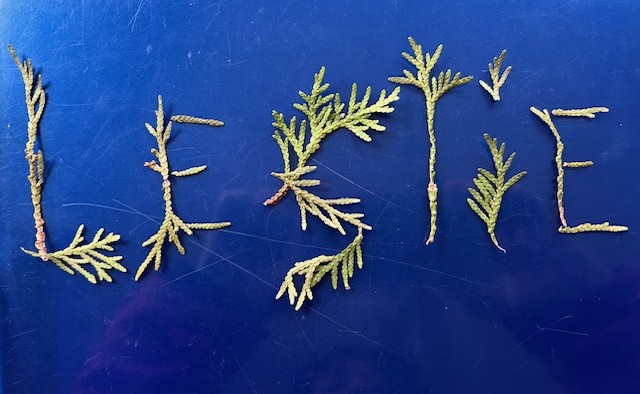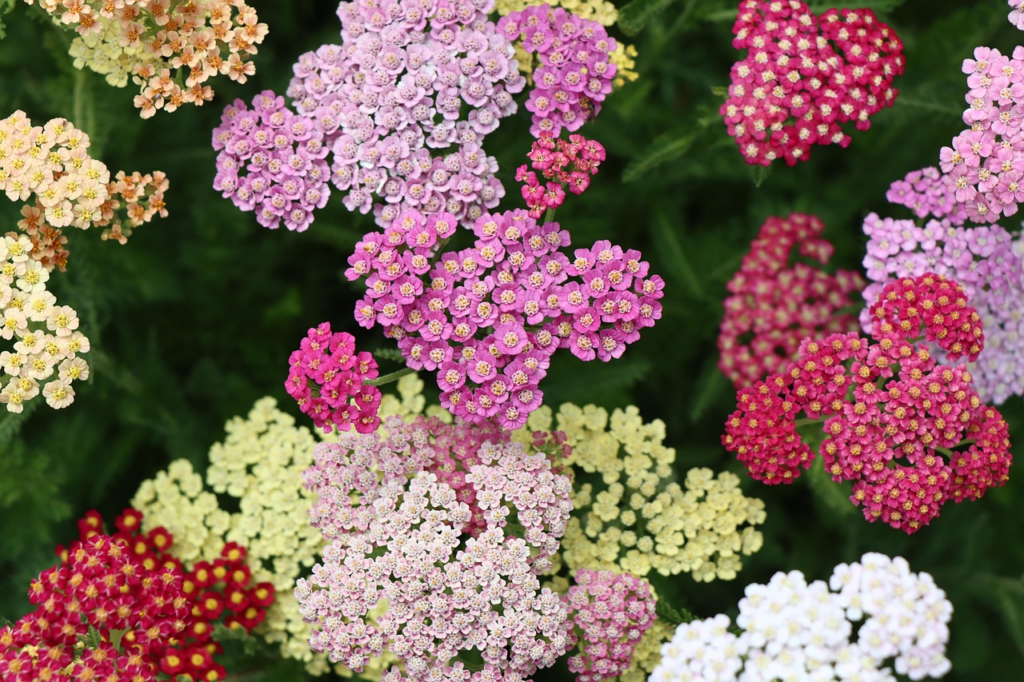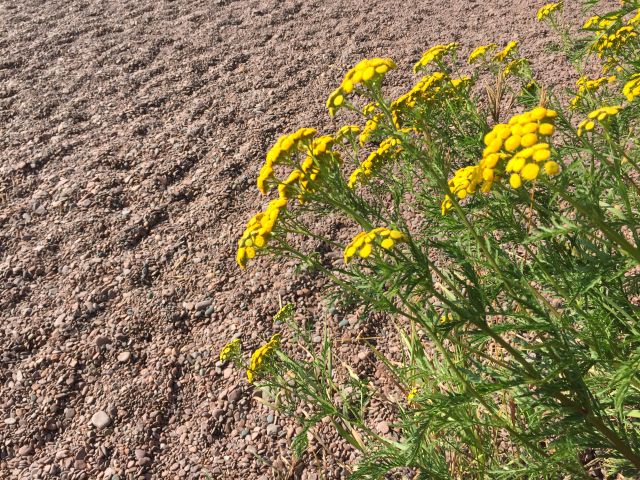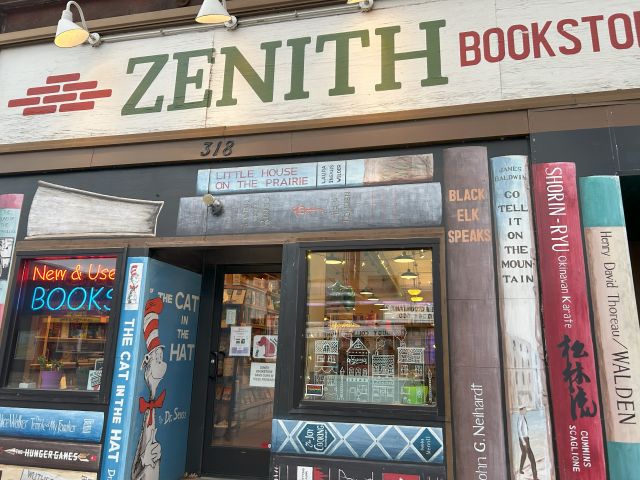
May started out with a blast of poetry and travel. Susan Jaret McKinstry invited me to read with her at a wonderful place in Duluth, Minnesota, Zenith Bookstore. For me, this reading was one of the highlights of the spring. We had a wonderful time connecting with poetry readers and sharing our work, and afterwards Tim, Susan, and I were able to go out with friends. Over the next two days, we explored the city, discovered a new favorite restaurant (At Sara’s Table Chester Creek Cafe–I have already made two recipes from their cookbook) and Wussow’s Concert Cafe, and visited three perennially interesting sites: Glensheen Mansion, Splitrock Lighthouse, and Gooseberry Falls. It was a trip I shall remember with pleasure for a very long time to come.
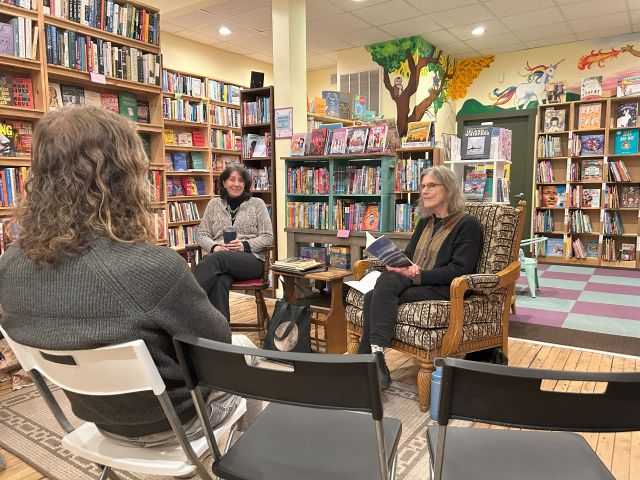
Another pleasure for me was to be able to read my poem, “Duluth,” written a long time ago, before I had seen this beautiful city, in the northern urban jewel. (“Duluth” is one of the first poems that I published after moving to Minnesota–in The Northern Review–and I was honored when the review asked to use the first line in a promotional campaign and sent me a complimentary sweatshirt. The poem is reprinted in my collection, Still Life with Poppies: Elegies, and also below.)
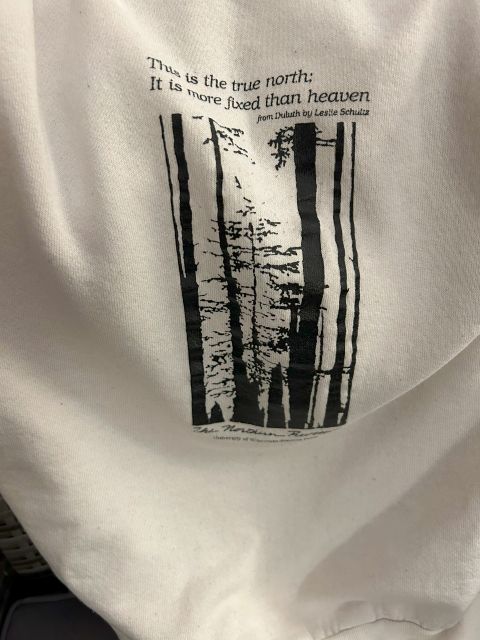
DULUTH
This is true north;
It is more fixed than heaven.
Beyond icy shallows
The deeps steam.
Anchors stay hidden.
Their chains seem to end
Where they touch the lake,
Yet these ships are linked to them
Tenuously
As dreams nearly dreamed.
Hulls full of grain
Float in a cold slumber.
I wonder why we've come,
Whether we're late or early.
It's Sunday.
The sun hangs
On the quiet derricks,
Sunk,
Leaking daylight.
We huddle in the car,
Holding black coffee
While our words dissolve.
Only the coast retains
An air of permanence.
We're lost.
A loon cries;
Its shadow rises
Like breath or smoke.
Leslie Schultz

Happy reading! Happy travels! Leslie

